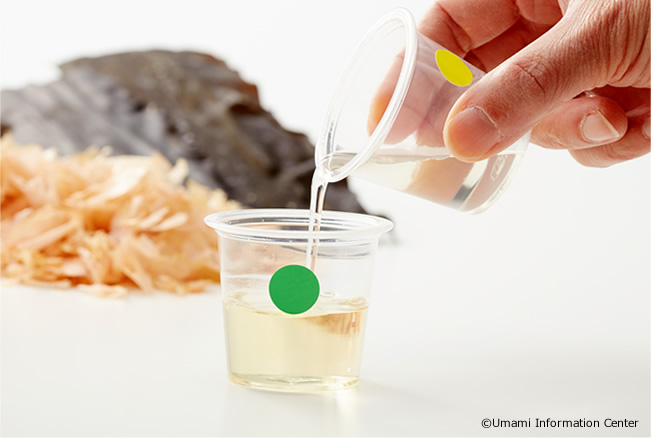- Umami Basics
- Umami Rich Ingredients
- Umami Database
- Umami Clips
- Umami Culture around the World
- What is Dashi
- Local Cuisine in Japan and Umami
- Talking about Umami
- PLANT BASED ✕ UMAMI
- Umami Recipe
- Academic Papers
- Publications
- FAQs
- About us
- Contact
- Privacy Policy
- Other languages
- Chinese(ZH-CN)
- Chinese(ZH-TW)
- English
- French(FR)
- German(DE)
- Italian(IT)
- Korean(KO)
- Portuguese(PT)
- Spanish(ES)
- Thai(TH)
- Vietnamese(VI)
- 日本語





